How to get your child to eat more vegetables
We spoke to Dr Natalie Masento from the University of Reading who explains how the EIT Food SEE & EAT Project is helping parents to help overcome their children’s’ Neophobia and eat those frequently rejected vegetables.

It is common for parents to believe their child is a picky eater when they refuse to eat the perfectly cooked food presented to them. However, as it turns out young children not eating the food on their plate is a completely normal development phase known as ‘Food Neophobia’, and there are simple solutions to overcome this. We spoke to Dr Natalie Masento from the University of Reading who explains how the EIT Food SEE & EAT Project is helping parents to help overcome their children’s’ Neophobia and eat those frequently rejected vegetables.
Look out for the step-by-step process of how SEE & EAT is encouraging children to eat their vegetables as you read the article.

Dr Natalie Masento from the University of Reading
Why do children hate vegetables?
According to Natalie, all pre-school aged children go through a period known as Food Neophobia. This is where children are cautious when trying new foods and repeatedly refuse to eat them. Natalie explains “Disliking new and unfamiliar foods at this age is not unusual. They are in fact completely normal”, Natalie reassures. “Neophobia is thought to be an evolutionary instinct, when children reach preschool age, they start to categorize what is food and non-food. Any food they are unfamiliar with they will reject as they assume it is unpleasant and want to reduce the risk of poisoning.”
To minimise the effects of Food Neophobia, Natalie recommends increasing familiarity to new foods, particularly visual familiarity and taste familiarity. This involves a parent frequently exposing their child to an unfamiliar food, so gradually the child becomes more familiar with it and is consequently more accepting and willing to try these new foods. This technique can be coupled with modelling, where a child imitates their parent’s behaviour. For example, if a parent frequently exposes their child to broccoli and eats broccoli in front of them, then over time the child is more likely to try it.
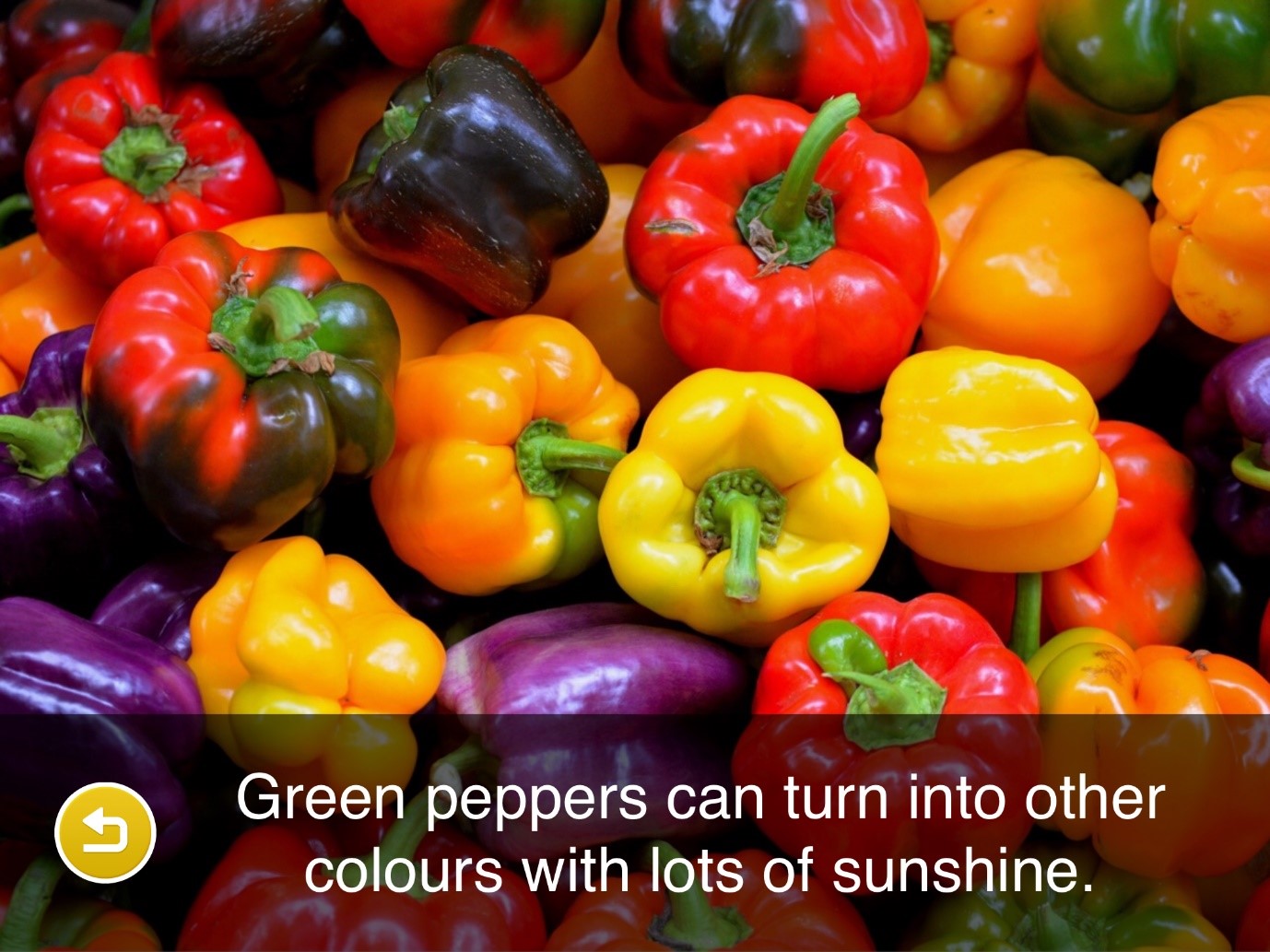
Step 1: expose children to the vegetable in question
The SEE & EAT Project helping parents to help their child eat healthily
The EIT Food SEE & EAT Project is providing parents with the tools needed to increase visual familiarity of foods such as vegetables. The Project, involving The University of Reading, The Open University, The University of Torino, Eufic, the British Nutrition Foundation and Colruyt, provides parents with an online picture book resource with the aim of empowering parents to use visual familiarity to encourage healthier eating in children. So far there are 24 eBooks based on 24 vegetables including carrots, peppers and brussels sprouts. Each book shows the ‘Farm-to-Fork’ journey of the vegetable from how it is grown and harvested, to how it reaches our Supermarket shelves, and finally to how it is cooked and eaten. This effectively exposes the child to vegetables in a fun and interactive format where they learn the value of vegetables and how they are grown.
The online books are available through the Our Story app developed by The Open University, using the app the parent and child can enjoy learning about vegetables together. Natalie explains that, “We often find that parents learn a thing or two from these books as well. As parents learn more about the food, they give their child, they can also appreciate the value of food and are inspired to provide their child with a nutritious diet”.
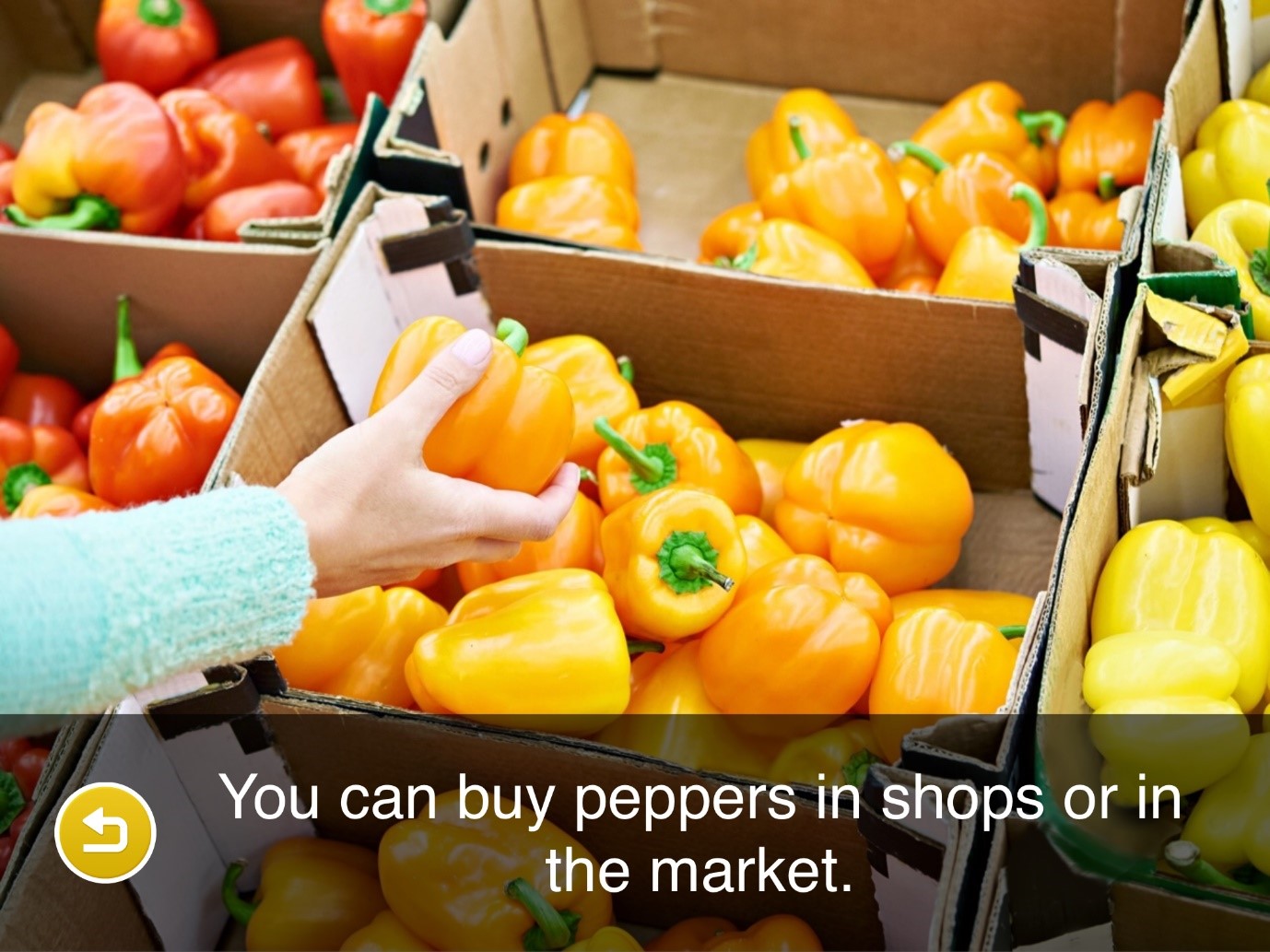
Step 2: Teach children where the vegetable comes from
Working together to improve child nutrition
The project has recently launched a study to test whether its vegetable eBooks lead to higher vegetable intake in children. Parent’s participating in the study share their child’s eating habits and identify 2 vegetables their child doesn’t like to eat or is unfamiliar with. They receive an eBook about one of these vegetables and are asked to read it to their child each day over 2 weeks. After this, the parent reports back whether their child ate either of the 2 vegetables. The idea is that the child becomes visually familiar to the vegetable showcased in the eBook, and that they are then more likely to eat it compared to the other vegetable.
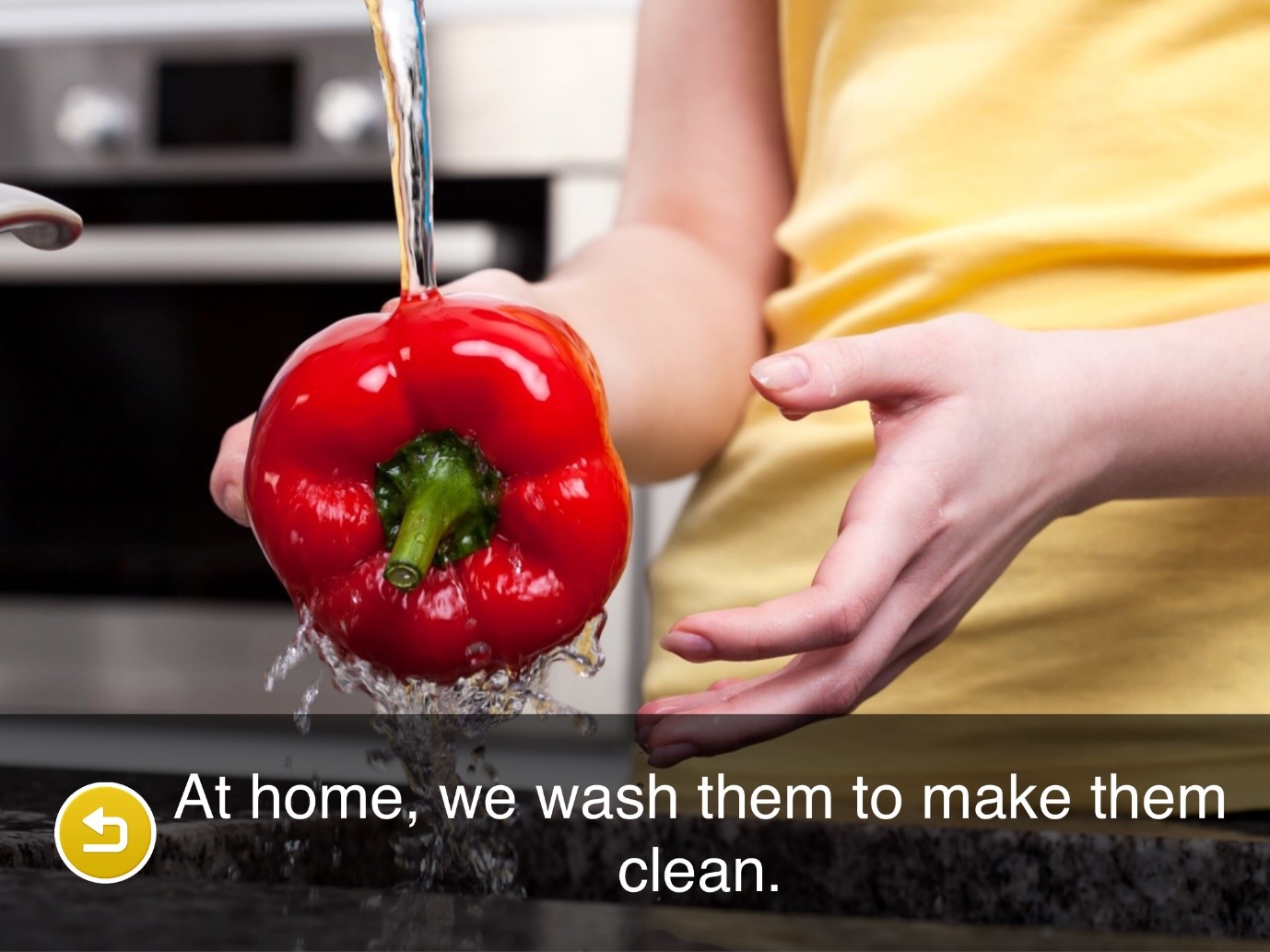
Step 3: Involve children in preparing the vegetable before cooking
According to Natalie, an evidence-based approach is key to encouraging children to eat their vegetables. The eBooks are inspired by Professor Houston-Price, a Professor of language and cognitive development. In her previous work she found paper picture books about fruit and vegetables improved toddlers’ consumption of fruit and vegetables, and as such, are an example of how methods backed by science can be a trusted resource for parents compared to often unreliable advice on the internet. “Don’t listen to the bloggers who tell you to hide peas in your child’s mashed potato”, says Natalie, who explains that hiding vegetables in other foods won’t help, as otherwise children feel they are being forced to eat something they don’t like and they don’t become familiar with what they are eating. Instead, visual familiarity and modelling are methods with scientific evidence that can educate parents on how to overcome Food Neophobia.
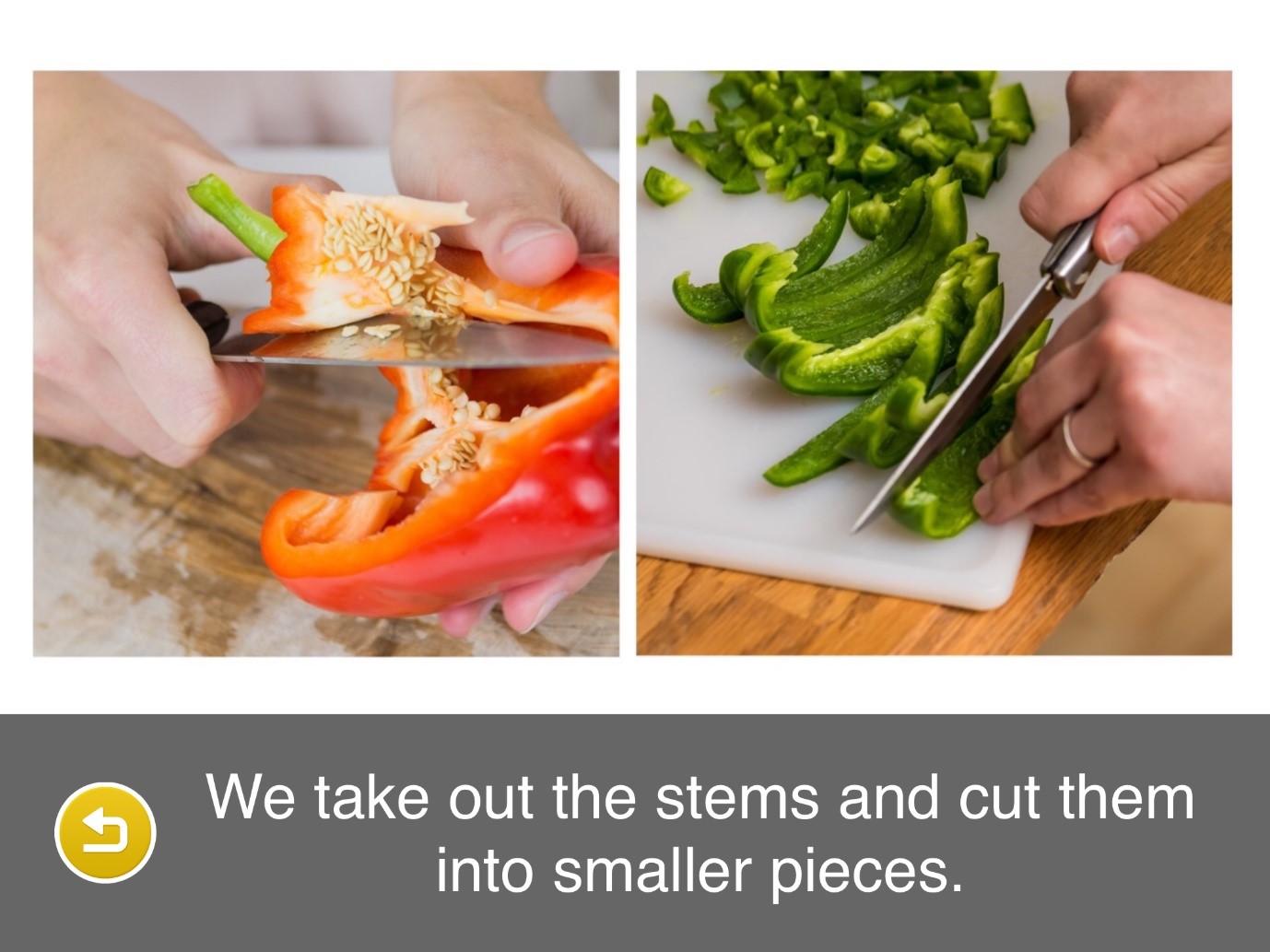
Step 4: Show children how to prepare the vegetable for mealtime
Overcoming the barriers to children eating healthily
It is true that Food Neophobia is not the only explanation of unhealthy eating in children. The issue is complex with many factors such as food insecurity and poverty and exposure to fast-food restaurants contributing to unhealthy eating practices. All of these factors need to be addressed and Natalie believes that this will require a collective effort as “everyone is responsible”. She suggests that everyone needs to come together to encourage children to eat healthily, including the government, schools and families. Importantly, the family serve as a vital agent to inspire healthy eating, with Natalie suggesting food shopping and preparing meals together are key to getting children actively involved. This exposes children to more foods, helps them understand where their food comes from and educates them on the importance of a balanced diet, while also reconnecting them with the food on their plates.
What’s more, encouraging children to eat healthily in childhood leads to healthier eating behaviours in adulthood too. Natalie explains that, “Eating behaviours established when we are young have a huge effect on how we eat as teenagers and adults. Evidence shows that young children exposed to a variety of vegetables will be more likely to eat vegetables as part of a healthy diet in later life.” As such, encouraging healthy eating at a young age is fundamental for healthy eating throughout life.
What is next for the SEE & EAT project?
It is EIT Food projects like SEE & EAT that help set children up with good eating behaviours that they can take into adulthood. SEE & EAT is helping families educate their children on healthy eating and encouraging them to eat their greens. The project aims to reach 200 parents and children taking part in their vegetable intake study. Also, the eBooks and an interactive parent resource will be available on our FoodUnfolded® website that is engaging the public on food and technology. When asked about the project’s plans for next year, Natalie disclosed the intention to broaden the reach of the eBooks by working with more EIT Food partners such as the University of Warsaw and the University of Helsinki to support translating the eBooks into multiple languages.
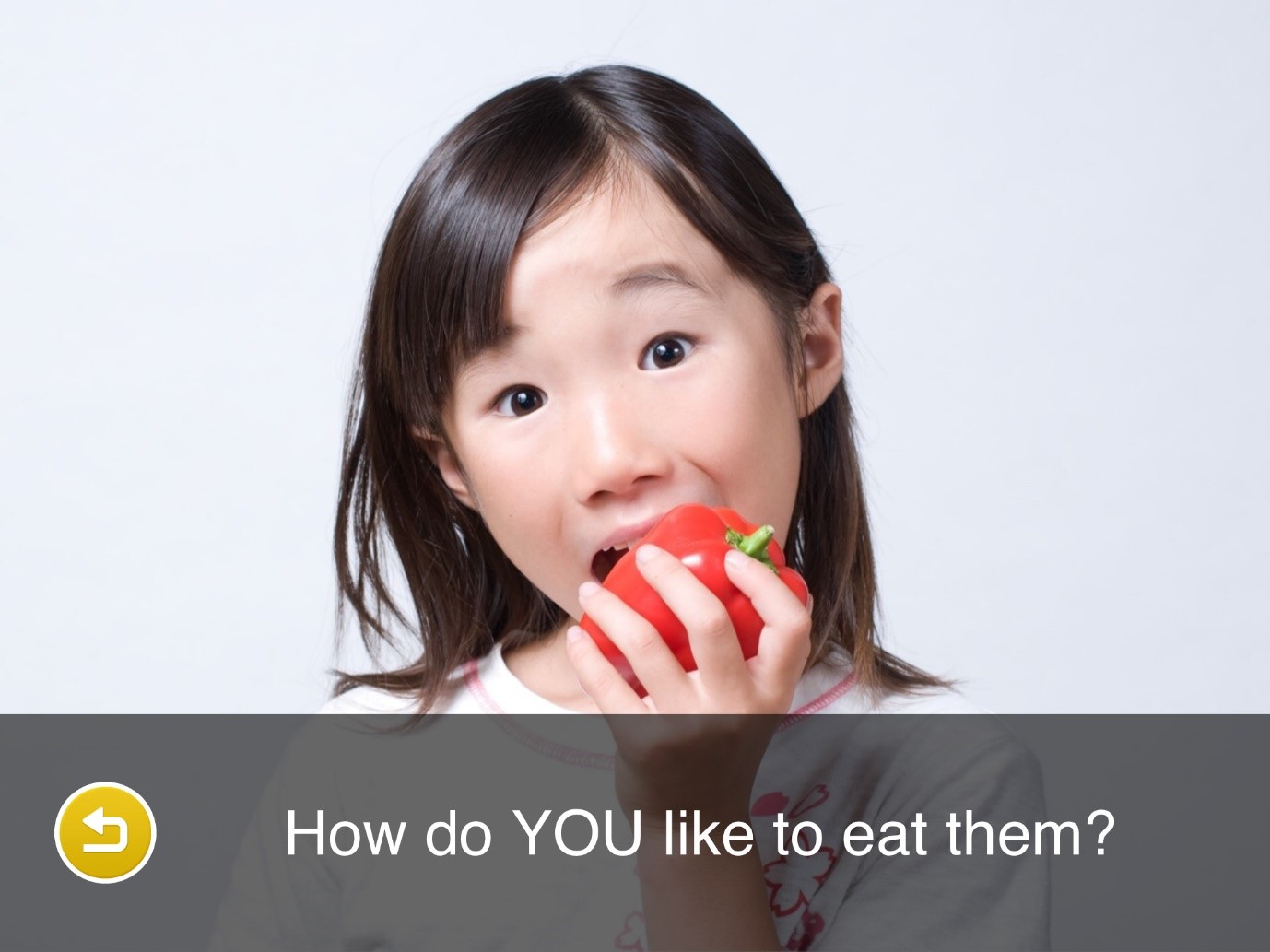
Step 5: Encourage children to eat the vegetable you’ve cooked together!
Get involved with the SEE & EAT project
Get your child to eat vegetables using eBooks! SEE & EAT are looking for families who have a child between 18 and 48 months to join their new online study. Click here to find out how to sign up and get involved. Registration to take part in the study will close on 13th December 2019.
About the author: Laura Elphick is a Communications and Events Assistant at EIT Food. She holds a First-Class Bachelor’s Degree in Consumer Behaviour and Marketing and is passionate about promoting a sustainable food environment to consumers.